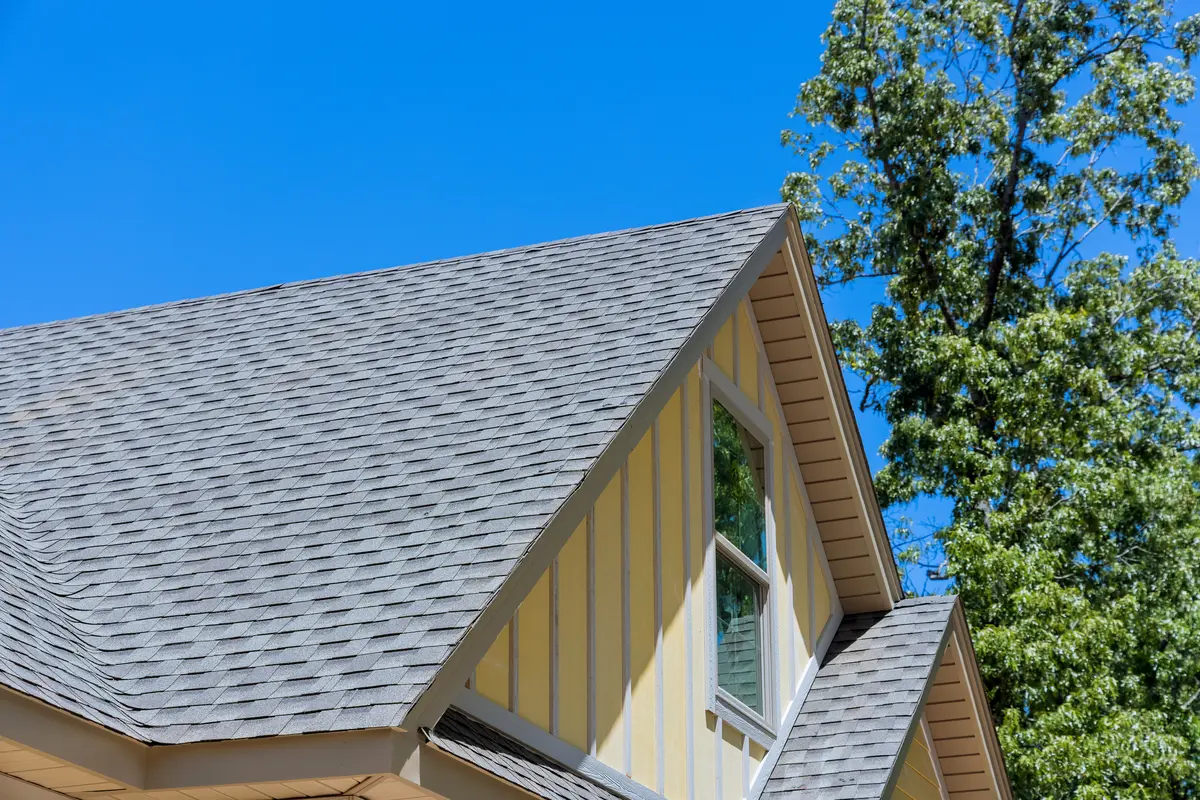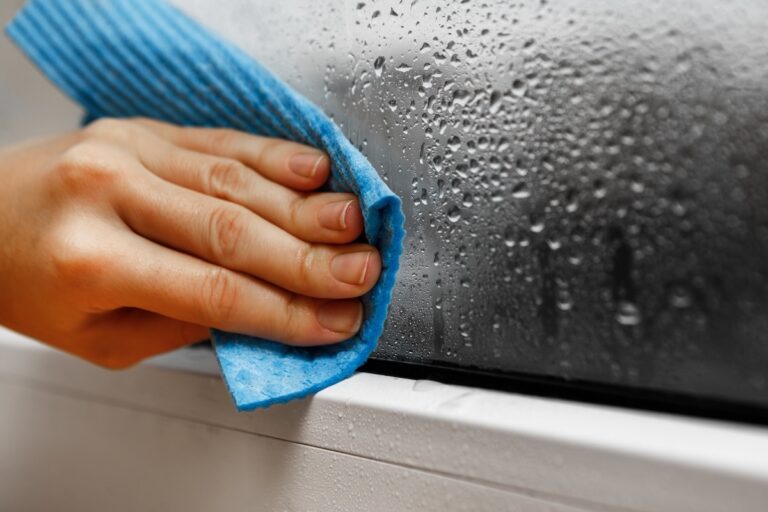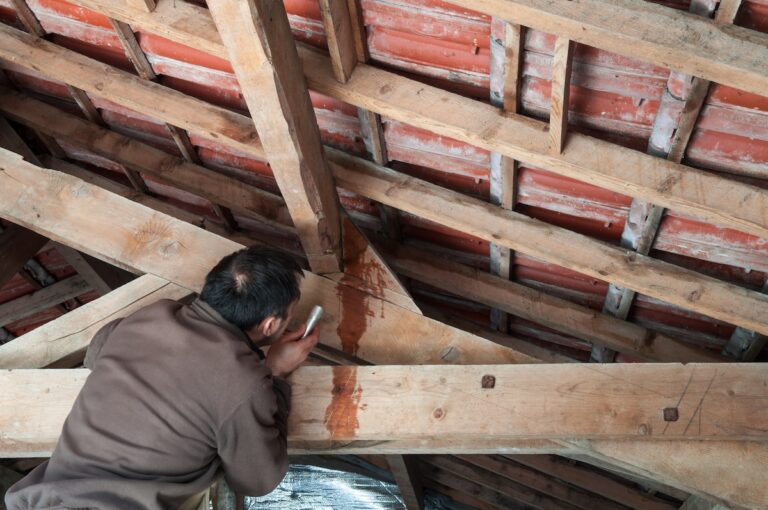When it comes to roofing your home, choosing the right materials is crucial. From durability to aesthetics, each type of shingle offers various benefits and drawbacks. Among the most common roofing options are composition shingles and asphalt shingles. But are they the same thing, or are there fundamental differences that could impact your decision?
In this thorough guide, we’ll explore:
- The nuances between composition shingles and asphalt shingles
- Why composition shingles might be right for you
- Expert tips for finding the right roofing material for you
Understanding Roofing Terminology
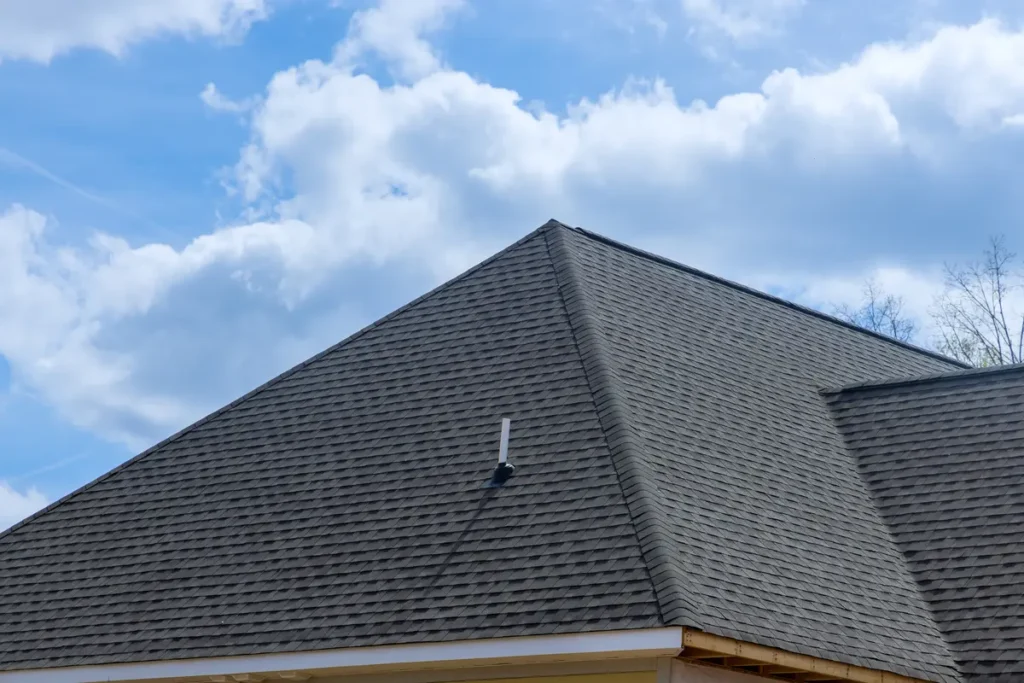
Before we dig into the distinctions, let’s clarify some terminology. In the roofing industry, terms are often used interchangeably, leading to confusion among homeowners. This is especially true with shingles, where “composition” and “asphalt” are sometimes seen as synonyms. To uncover the truth, we must first understand what each term represents.
What are Composition Shingles?
Composition shingles are a type of roofing material made from a composite of various elements, which usually include asphalt, fiberglass, and mineral granules. They are designed to provide a durable, weather-resistant surface while maintaining aesthetic appeal. The term “composition” refers to the makeup of the shingle, highlighting that it’s composed of several materials rather than being made from a single substance.
What are Asphalt Shingles?
Asphalt shingles, on the other hand, are named for their primary component—asphalt. These shingles consist of a base mat (often fiberglass or organic felt) that is coated with asphalt and topped with mineral granules to enhance durability and weather resistance. Asphalt shingles are widely recognized for their affordability and ease of installation, making them a popular choice for residential roofing.
Composition Shingles vs. Asphalt Shingles
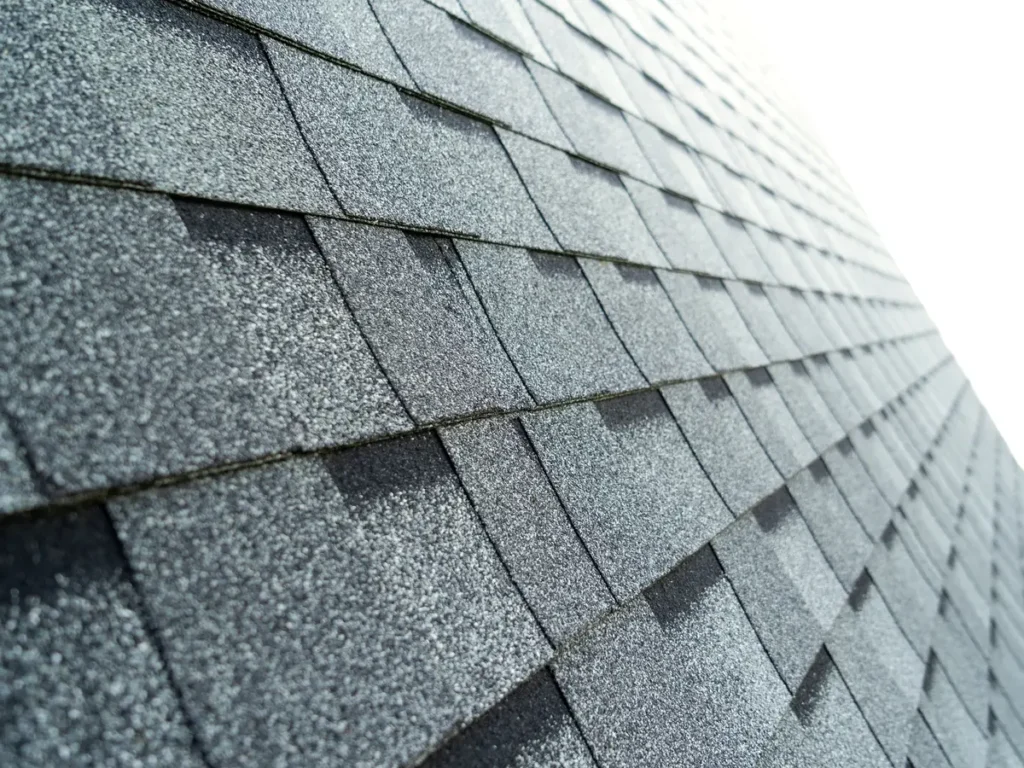
Now that we have a basic understanding of the terms, let’s address the burning question: Are composition shingles and asphalt shingles the same thing? The answer is both yes and no.
Similarities
- Materials: Both types of shingles contain asphalt as a key component, which provides waterproofing and durability.
- Appearance: They often look similar and come in various colors and styles, allowing homeowners to choose based on their aesthetic preferences.
- Affordability: Both composition and asphalt shingles are generally budget-friendly compared to other roofing materials like slate or metal.
- Installation: These shingles are known for their ease of installation, which can help reduce labor costs during a roofing project.
Differences
While composition shingles and asphalt shingles share many similarities, there are subtle differences worth noting:
- Base Material: Composition shingles encompass a broader category that can include various base materials, such as fiberglass or organic felt, combined with other elements. Asphalt shingles specifically highlight asphalt as the predominant feature.
- Terminology: “Composition shingles” is a broader term that includes asphalt shingles among other types, while “asphalt shingles” specifically refers to those made primarily with asphalt.
In many cases, composition shingles and asphalt shingles are effectively the same, especially when referring to the standard fiberglass-based asphalt shingles found on most homes today. However, understanding the terminology allows homeowners to make more informed decisions and communicate effectively with roofing professionals.
5 Benefits of Choosing Composition Shingles
Whether you call them composition or asphalt shingles, these roofing materials offer numerous benefits that make them a top choice for homeowners:
1. Cost-Effective
Composition shingles are one of the most affordable roofing options available. Their reasonable cost, combined with long lifespan, makes them an excellent value for homeowners looking to balance quality and budget.
2. Versatility
With a wide range of colors, styles, and textures, composition shingles provide tremendous versatility. Whether you’re aiming for a traditional look or a more modern aesthetic, there’s a composition shingle to match your vision.
3. Durability
Modern composition shingles are designed to withstand harsh weather conditions, including wind, rain, and hail. Many manufacturers offer warranties of 20 years or more, ensuring your investment is protected.
4. Easy Installation
The relative ease of installing composition shingles can help save on labor costs and reduce the time required for a roofing project. This is particularly beneficial for homeowners who need a quick roof replacement.
5. Fire Resistance
Many composition shingles come with a Class A fire rating, the highest available, providing an added layer of protection for your home.
Potential Drawbacks of Composition Shingles
While composition shingles offer many advantages, it’s essential to consider potential downsides before making a decision:
Lifespan
Although durable, composition shingles typically have a shorter lifespan than more premium materials like metal or tile. While most last between 20-30 years, other materials can offer greater longevity.
Environmental Impact
The production of asphalt, a key component in composition shingles, can have environmental implications. However, many manufacturers are working to improve sustainability through recycling programs and eco-friendly practices.
Susceptibility to Damage
In extreme weather conditions, such as high winds or severe hailstorms, composition shingles may suffer damage. Regular maintenance and timely repairs can help mitigate this risk.
Tips for Choosing the Right Shingles for Your Home
Now that you have a clearer understanding of composition shingles, here are some tips to help you choose the best option for your home:
- Assess Your Budget: Start by determining your budget for the roofing project. Keep in mind that while composition shingles are affordable, other factors like labor and additional materials can affect overall costs.
- Consider Climate Conditions: If you live in an area with harsh weather conditions, prioritize shingles with high durability and resistance ratings. Consult with a roofing professional to identify the best option for your climate.
- Match Aesthetics: Take into account your home’s architectural style and existing color scheme when selecting shingles. Many manufacturers offer samples, which can help you visualize how different options will look once installed.
- Review Warranties: Check the warranty offered by the manufacturer to understand what coverage and protection are provided. A longer warranty often indicates higher quality shingles.
- Consult with a Professional: Don’t hesitate to seek guidance from a reputable roofing contractor. They can provide valuable insights and recommendations to ensure you make the best decision for your home.
Learn More About a Composition Roof
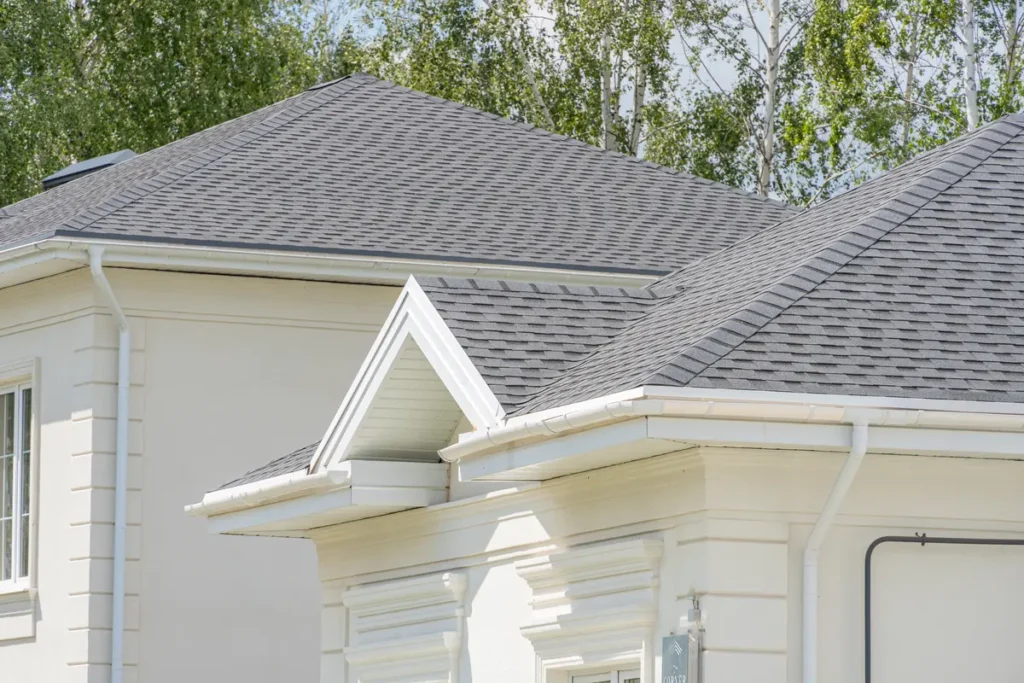
Ultimately, whether you opt for composition shingles or other roofing materials, the key is to choose a solution that aligns with your budget, climate, and aesthetic preferences. By educating yourself and working with trusted professionals, you can ensure your roof not only protects your home but also enhances its overall appeal.Ready to take the next step in your roofing project? Connect with a roofing expert at Johnson Restoration today to explore your options and find the perfect shingles for your home.
